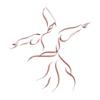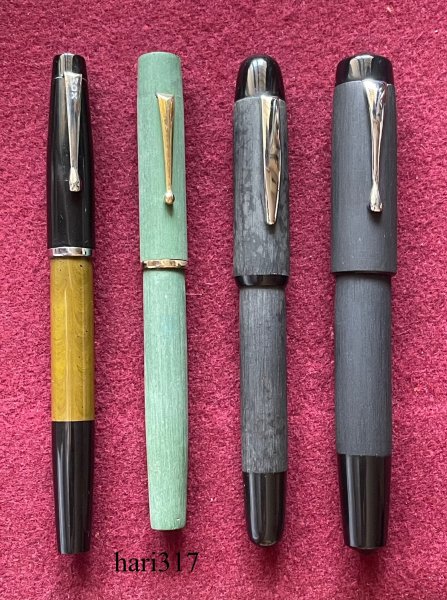Learning Copperplate...
-
Forum Statistics
355.2k
Total Topics4.6m
Total Posts -
Member Statistics
128,266
Total Members18,857
Most OnlineNewest Member
mycomputerexpert
Joined -
Images
-
Albums
-
more
- By AmandaW,
- 3
- 6
- 94
-
Parker
- By shalitha33,
- 0
- 3
- 32
-
Uploads
- By hari317,
- 0
- 0
- 60
-
USG 8
- By USG,
- 0
- 0
- 86
-
Not my shots
- By fpupulin,
- 0
- 0
- 9
-


















.thumb.jpg.f07fa8de82f3c2bce9737ae64fbca314.jpg)



.thumb.jpg.331e554113c33fb39d5bf3233878978a.jpg)





Recommended Posts
Create an account or sign in to comment
You need to be a member in order to leave a comment
Create an account
Sign up for a new account in our community. It's easy!
Register a new accountSign in
Already have an account? Sign in here.
Sign In Now